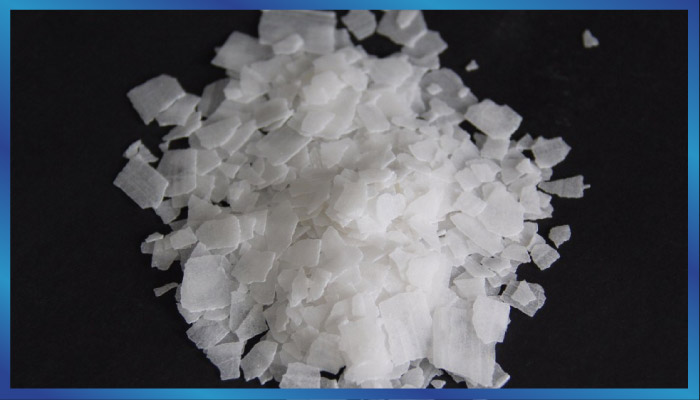Liquid caustic soda is available from many plants and terminals in tank truck, tank car,
barge and ship quantities. Each form of transportation has its own advantages. The type of service selected will depend upon such factors as size and location of storage, rate of consumption, plant location, freight rates, etc.
Caustic soda, liquid, is regulated by the U.S. Department of Transportation (DOT) and is classified as a corrosive material.
The DOT identification number is UN I824 for liquid caustic soda. Caustic soda in any concentration must be respected by everyone who handles and uses it. Before starting to work with it, the user should be aware of its properties, know what safety precautions to follow, and know how to react in case of contact.
Accidental exposure to caustic soda may occur under several conditions. Potentially hazardous situations include handling and packaging operations, equipment cleaning and repair, decontamination following spills and equipment failures.
Employees who may be subject to such exposure must be provided with proper personal protective equipment and trained in its use.
PROTECTIVE PRACTICES
• Avoid breathing dust, mist or spray of caustic soda.
• Wear proper protective equipment. If warranted, wear approved respiratory protection.
• Keep equipment clean by washing off any accumulation of caustic soda.
• Weld pipelines where practical. Use flanged joints with gaskets made of caustic soda resistant material such as rubber, PTFE, or EPDM rubber. If a screwed fitting is used, apply Teflon® tape to the threads.
• When disconnecting equipment for repairs, first verify that there is no internal pressure on the
equipment and that the equipment has been drained and washed.
• Provide storage tanks with suitable overflow pipes. Overflow pipes should be directed near the bottom of the diked area.
• Shield the packing glands of pumps to prevent spraying of caustic solutions in the event of a leak.
• When releasing air pressure from a pressurized system, take every precaution to avoid spurts or sprays of caustic solution.
When making solutions, always add the caustic soda slowly to the surface of the water with constant agitation. Never add the water to the caustic soda. Always start with lukewarm water (80 -100°F). Never start with hot or cold water. Dangerous boiling or splattering can occur if caustic soda is added too rapidly, allowed to concentrate in one area or added to hot or cold liquids. Care must be taken to avoid these situations.
• In case of a spill or leak, stop the leak as soon as possible. After containment, collect the spilled material and transfer to a chemical waste area. Remove large liquid spills by vacuum truck. Neutralize residue with dilute acid. Flush spill area with water and follow with a liberal covering of sodium bicarbonate or other acceptable drying agent.



